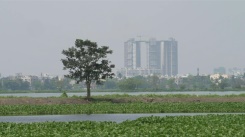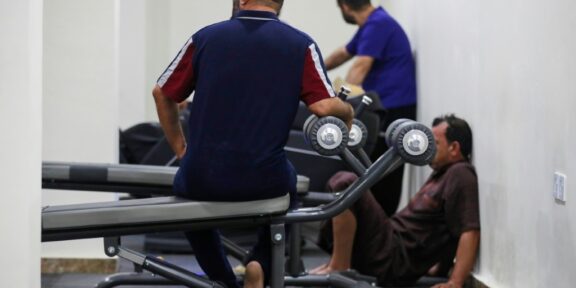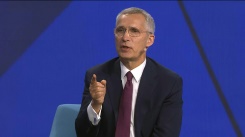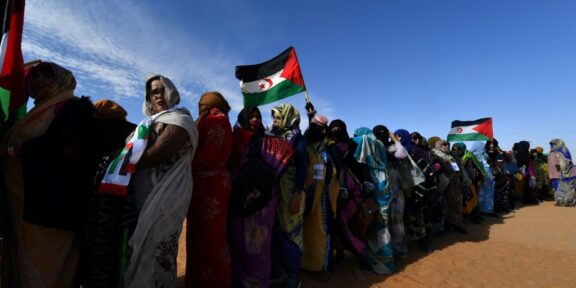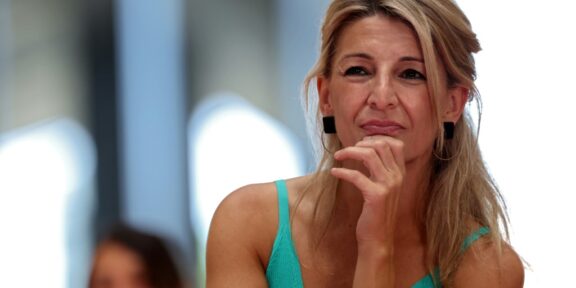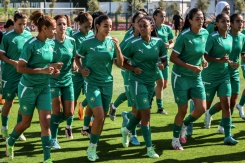
Months after the men’s groundbreaking run to the semi-finals in Qatar, Morocco’s women will make World Cup history of their own on Monday.
When the Atlas Lionesses face two-times former champions Germany in Melbourne they will be the first Arab team to play at a Women’s World Cup.
It has not gone unnoticed in a country mad about football and still buzzing from what their men did at the Qatar World Cup in December.
“They will do just as well as the men,” said 14-year-old Rabab Tougha after a training session at the football school of the local club in the Casablanca neighbourhood of Avadas.
It is her ambition to play the sport internationally, “especially after what the Atlas Lionesses have done”.
Morocco’s women enjoyed a surprise run to the final of last year’s Africa Cup of Nations, which they hosted, before losing 2-1 to South Africa in front of over 50,000 spectators in Rabat.
That was followed by the men’s remarkable performance in Qatar when they became the first African and first Arab team to reach the semi-finals of the World Cup, where they lost to France.
Those performances have encouraged girls to take up football and the number of players registered at the Avadas academy — for youths who often come from underprivileged families — has increased to more than 50 from about 10 a year ago.
“The girls are motivated and want to learn how to play football” after seeing the success of the men’s and women’s national teams, coach Mohamed Jidi told AFP.
“We can see the impact. We had a girl who played rugby, others who played basketball or did athletics. But then they all wanted to start playing football because they decided there was a future in it.”
Morocco are in Group H at the Women’s World Cup and as well as Germany will face South Korea and Colombia.
They are one of the lowest-ranked teams in Australia and New Zealand and it would be a surprise if they get out of the group, but captain Ghizlane Chebbak knows the men have raised expectations.
“Moroccan fans have that passion, as do us players, and we will give everything to make them satisfied,” she told FIFA.com.
“The men have shown us that nothing is impossible if you fight for it and you stay focused,” she added.
- ‘Palpable change’ –
That women’s football is growing in popularity in Morocco is thanks to a development strategy put in place in 2020.
“The federation invested in women’s football. Since then, mentalities have changed and the interest and evolution are palpable,” Khadija Illa, president of the Moroccan women’s league, told AFP.
In 2021, the North African kingdom set up a two-division professional women’s league with 42 clubs, each of which committed to also launching teams at Under-17 and Under-15 level.
The Royal Moroccan Football Federation picks up 70 percent of the expenses of each club, where players earn a minimum salary of 3,500 dirhams ($360) per month in the top flight and 2,500 dirhams in the second tier. The average monthly salary in Morocco is $400.
“Its success is reliant on a sporting policy that works and financial help.” said Illa, a former professional player.
“The more you invest, the better results you get.”

